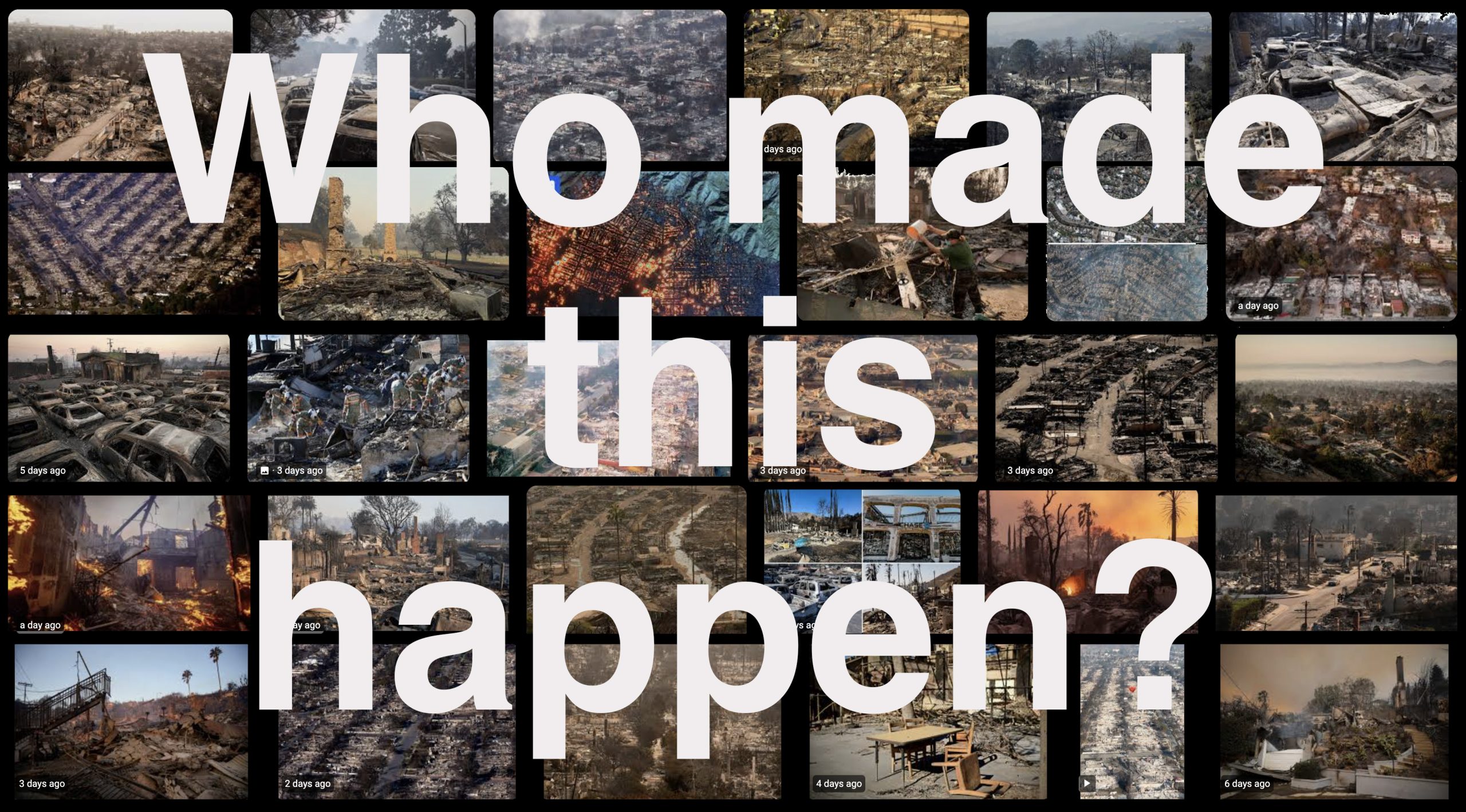The Blame Game

The Labyrinthine Dance of Disaster Coverage
From Live Reporting to Understanding
Disaster coverage unfolds through a dynamic series of stages:
- Live Reporting: In the immediate aftermath, round-the-clock coverage focuses on the unfolding crisis.
- Human Interest: As the chaos subsides, stories shift to human resilience, loss, and compassion.
- Blame: Seeking accountability, reporters point fingers in search of responsible parties.
- Coming to an Understanding: Eventually, the goal is to move beyond blame to gain a deeper understanding of the factors contributing to the disaster.
The Allure of Blame
Blame serves a tempting narrative shortcut. It simplifies complex events, allowing us to assign responsibility and seek solace in punishment. However, this approach can lead to inaccurate conclusions and overlook important contextual factors.
"Blame makes storytelling easy. Too easy."
In the current discourse surrounding the LA fires, accusations are flying thick and fast.
The Imperative for Understanding
While blame may provide temporary satisfaction, it does not address the underlying causes of disasters and fails to prevent future occurrences. Understanding, on the other hand, is crucial for mitigating future risks.
"For all the good work being done at Stage 4, the urge to blame will never cease."
Justice and Its Many Forms
Justice is multifaceted, encompassing retributive, distributive, and restorative aspects, among others. While retributive justice seeks punishment, other forms aim to address underlying inequalities and heal communities.
"But starting with blame is too easy, too simple, often wrong, and always incomplete."
Moving Forward
In the next series of posts, we will explore the challenges and complexities of coming to an understanding after disasters. By shifting our focus from blaming individuals to addressing underlying factors, we can hope to minimize future tragedies.